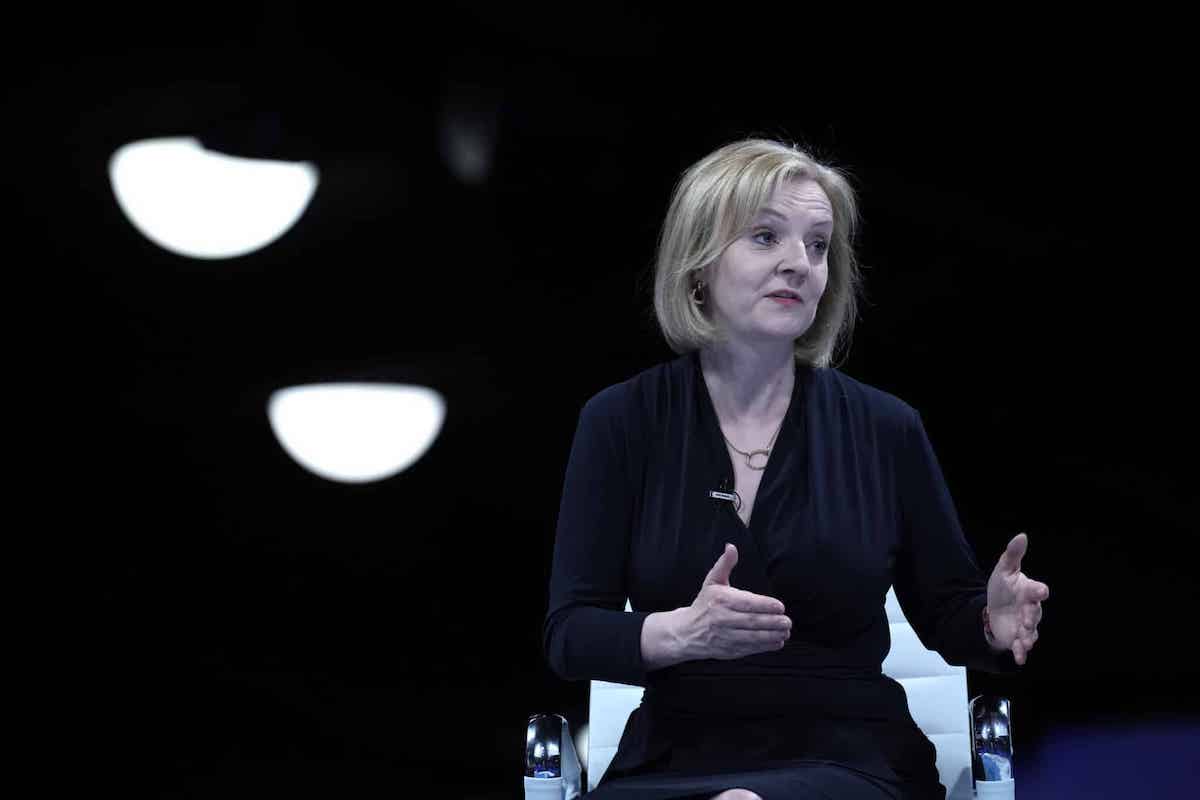The total value of bridging loan lending in the UK has jumped by 22% in the past year alone, new market analysis by Henry Dannell has shown.
According to the mortgage broker’s findings, the purchase of an investment property has been the most common motivation for taking a loan.
Bridging loans, which are typically taken out for up to 12 months but often for a shorter duration, are designed to allow a buyer to proceed with an acquisition without the need of selling an existing asset.
Henry Dannell reported that the second quarter quarter of 2022 registered a 13.8% increase in bridging lending from Q1, after the total amount lent through bridging loans climbed from £156.8m to £178.4m.
Figures also show that in the past year, bridging lending has increased even more, soaring by 21.8% since Q1 2021’s figure of £144.5m.
However, Henry Dannell noted that these increases have still left lending totals 1.4% behind the figures immediately prior to the pandemic when, in Q4 2019, the total reached £180.9m.
The most common reason cited for taking out a bridging loan in Q2 2022 was to fund an investment property purchase. Henry Dannell stated that this means the majority of people taking out this type of finance aren’t doing so to fund their own home purchases, but to fund what are likely to be additional home purchases, which they will rent out in order to generate income. This was the case for 24% of all bridging loan applicants in this quarter.
Another 21% of applicants needed the loan because they are part of a chain which has broken, therefore creating the need for a short-term loan, while 13% of loans were given to people who need the money in order to make significant, heavy refurbishments to a property.
Henry Dannell director, Geoff Garrett, commented: “An increase in bridging loans does not signify that people are struggling financially. Such loans are taken in order to fund major purchases or investments but can only be granted to people who can prove they have larger, longer-term loans coming their way, such as a mortgage.
“Instead, an increase in bridging loan totals indicates that the systems in place are struggling to keep up with demand and can’t match the desired pace of buyers and sellers. The housing market, for example, is moving more slowly than it did a year ago, even two and three years ago.
“At the same time, buyer demand is extraordinarily high and activity is through the roof. This causes delays in the conveyancing and buying process which, in turn, increases the need for bridging loans.
“However, with the cost of living and interest rates rising so rapidly, one has to expect to see a slight drop off in buyer demand and, therefore, a decline in bridge financing over the next year or so.”
Latest News
-
Targeted support applications to open from March 2026
-
19 firms join forces to launch new retail investment campaign
-
Four in five bridging professionals confident about 2026 market outlook
-
Söderberg & Partners invests in UK group rockwealth
-
SME lending grows again in Q3 – UK Finance
-
Titan Wealth acquires Morgans Ltd
Perenna and the long-term fixed mortgage market

Content editor, Dan McGrath, spoke to head of product, proposition and distribution at Perenna, John Davison, to explore the long-term fixed mortgage market, the role that Perenna plays in this sector and the impact of the recent Autumn Budget
The role of the bridging market and technology usage in the industry
Content editor, Dan McGrath, sat down with chief operating officer at Black & White Bridging, Damien Druce, and head of development finance at Empire Global Finance, Pete Williams, to explore the role of the bridging sector, the role of AI across the industry and how the property market has fared in the Labour Government’s first year in office.
NEW BUILD IN FOCUS - NEW EPISODE OF THE MORTGAGE INSIDER PODCAST, OUT NOW

Figures from the National House-Building Council saw Q1 2025 register a 36% increase in new homes built across the UK compared with the same period last year, representing a striking development for the first-time buyer market. But with the higher cost of building, ongoing planning challenges and new and changing regulations, how sustainable is this growth? And what does it mean for brokers?
Does the North-South divide still exist in the UK housing market?

What do the most expensive parts of the country reveal about shifting demand? And why is the Manchester housing market now outperforming many southern counterparts?
In this episode of the Barclays Mortgage Insider Podcast, host Phil Spencer is joined by Lucian Cook, Head of Research at Savills, and Ross Jones, founder of Home Financial and Evolve Commercial Finance, to explore how regional trends are redefining the UK housing, mortgage and buy-to-let markets.
In this episode of the Barclays Mortgage Insider Podcast, host Phil Spencer is joined by Lucian Cook, Head of Research at Savills, and Ross Jones, founder of Home Financial and Evolve Commercial Finance, to explore how regional trends are redefining the UK housing, mortgage and buy-to-let markets.
© 2019 Perspective Publishing Privacy & Cookies











Recent Stories